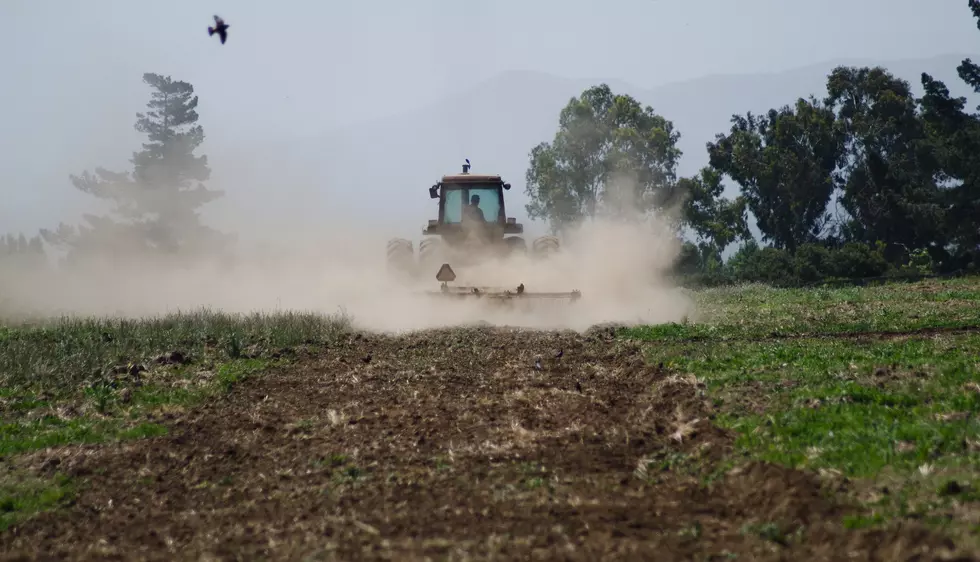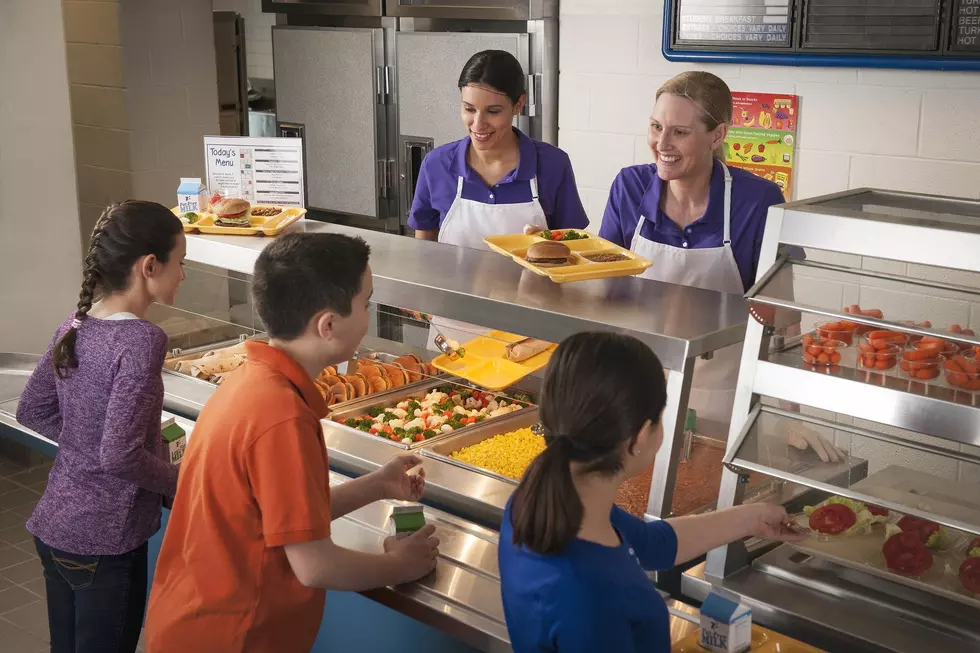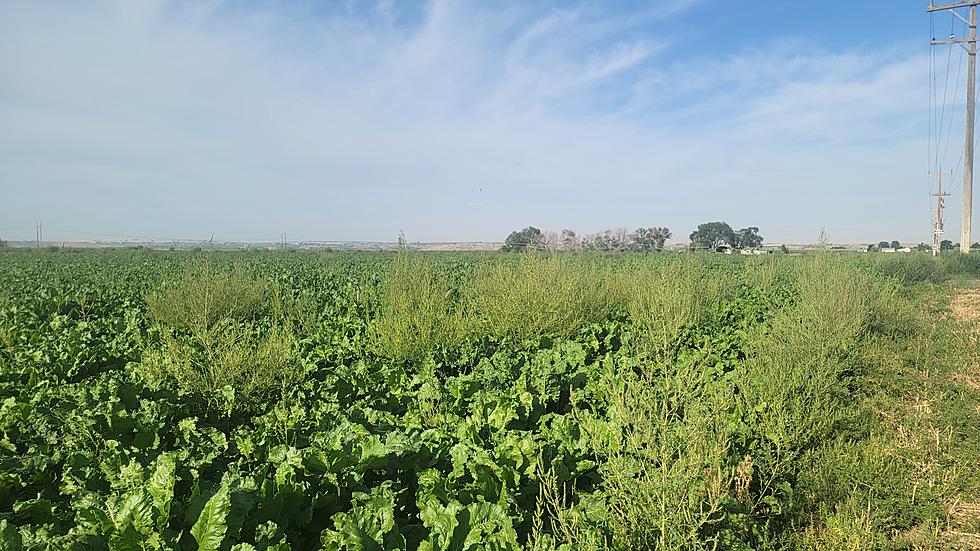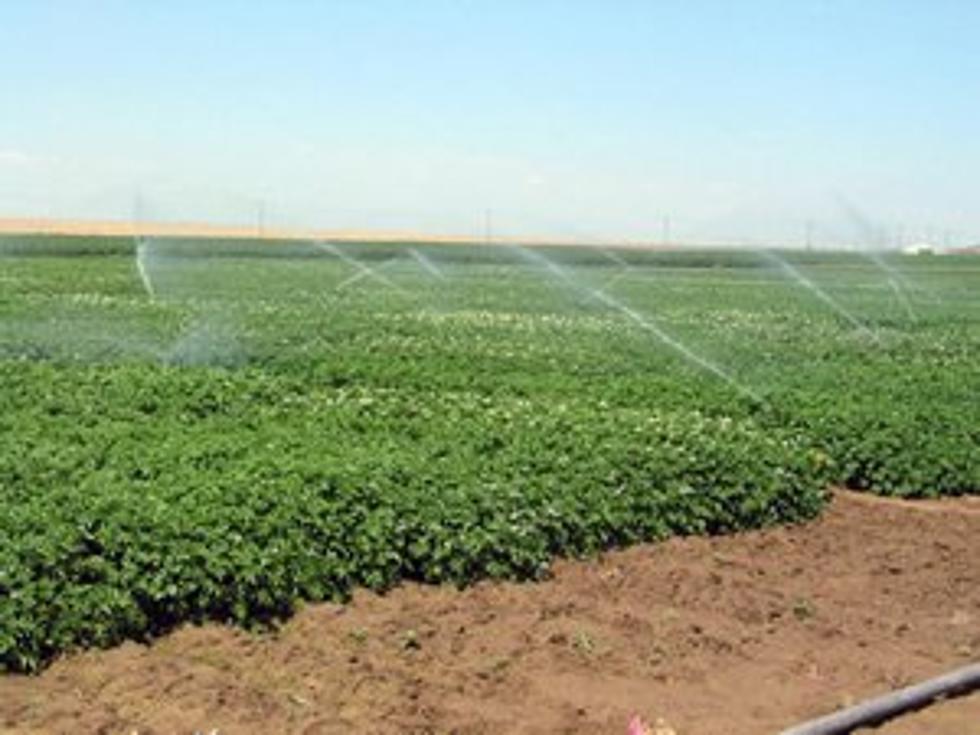
UI Researcher Looking Into Fall Food Peas
A University of Idaho crop researcher is trying to work out the agronomics of raising food-quality fall peas as a high yielding rotation crop for farmers in the state’s panhandle. The UI’s Kurt Schroeder says while local growers have planted fall peas in the past as a cover crop, planting them for food is very different. He said one of the challenges, out of the gate, is planting depth.
“My thought was always to plant them about 1”-1 ½" deep, let's get him out of the ground fast and get them growing. That works great with the spring pea, but with a fall sown pea that doesn't work so well, because that shallower seating depth the growing point of that plant is too close to the surface and it's vulnerable to winter injury. So planting that seed deeper, deeper than you really think would be would be beneficial for winter pea but going down 2”-3” helps to protect that growing point of that plant.”
Schroeder says the UI received a grant from the pulse health initiative, to explore more of their work. Not only seeding depth, but questions around soil.
“The other thing that we're wanting to look at is exploring, again that soil pH side of things and looking at different types of inoculum, different sources of inoculum, to see whether we can help boost the seedling vigor. Kind of some areas that we're currently looking at exploring with this new grant and hopefully developing some strategies that will improve the growth and performance of the winter pea.”
More From PNW Ag Network









